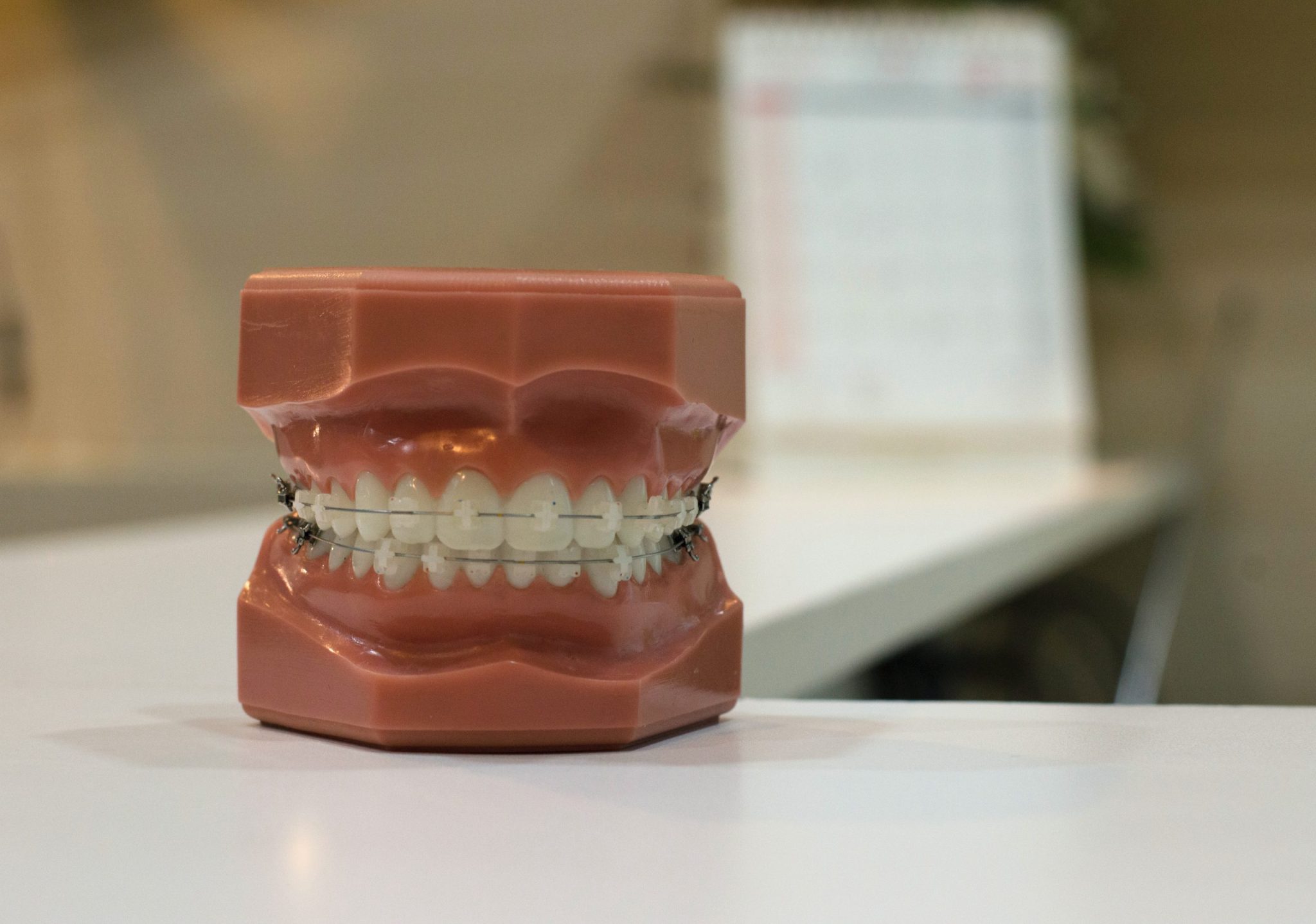Gum Problems Gingivitis and Periodontitis

An alteration in the balance of the bacteria that inhabit the mouth and the accumulation of oral biofilm (bacterial plaque) can cause gingival inflammation and bleeding, leading to disease of the soft tissue surrounding teeth (gingivitis and periodontitis) or surrounding dental implants (peri-implant mucositis and peri-implantitis).
Factors that favour the onset of gingivitis (induced by the presence of oral biofilm):
- Local factors: deficient oral hygiene, which favours biofilm build-up, dental malposition, occlusal trauma, overcontoured fillings, fixed and removable orthodontics and fixed and removable prostheses (bridges and crowns).
- Systemic factors: sometime gingivitis is related to the endocrine system. This includes those associated with pregnancy, puberty, menstrual cycle and uncontrolled diabetes, etc.
- Drugs: the risk of gingivitis can increase as a consequence of the intake of certain medications.
- Malnutrition: sometimes gingivitis can be associated with nutritional deficiencies.
Factors that favour the onset of gingivitis (induced by the presence of oral biofilm):
- Local factors: deficient oral hygiene, which favours biofilm build-up, dental malposition, occlusal trauma, overcontoured fillings, fixed and removable orthodontics and fixed and removable prostheses (bridges and crowns).
- Systemic factors: sometime gingivitis is related to the endocrine system. This includes those associated with pregnancy, puberty, menstrual cycle and uncontrolled diabetes, etc.
- Drugs: the risk of gingivitis can increase as a consequence of the intake of certain medications.
- Malnutrition: sometimes gingivitis can be associated with nutritional deficiencies.
If gingivitis progresses, it may evolve to become periodontitis. In this case, the inflammation of the gum extends to deeper areas of the tooth (periodontal ligament, connective tissue and alveolar bone).
Gingivitis
Redness, inflammation and bleeding of the gum are usually observed. Peri-implant mucositis can be observed at the same level, where there is inflammation, redness and bleeding of the mucosa surrounding the implant.
Periodontitis
Characterised by redness, inflammation, bleeding and other symptoms derived from the destruction of periodontal tissue: recession of the gum, tooth mobility and loss of alveolar bone which supports the teeth. Similarly, peri-implantitis is characterised by inflammation, bleeding, gum recession and loss of alveolar bone which supports the implant.
Currently, between 60% and 75% of pregnant women develop gingivitis during pregnancy, which is known as pregnancy gingivitis, and usually gets worse as of the second trimester.
50% of women with gingivitis can experience a worsening of their periodontal condition, potentially developing periodontitis.
During the months of pregnancy, there is an increase in vascular permeability, which, in the case of severe periodontal disease, can favour periodontopathogenic bacteria, and local inflammation mediators can be spread systemically, reaching other organs and even the placenta, thereby increasing the risk of complications in the newborn: preterm delivery, low birth weight or preeclampsia/eclampsia.
For this reason, prevention plays a fundamental role. During pregnancy, it is recommended to pay special attention to daily oral hygiene by physically controlling oral biofilm with a specific toothbrush for gum care and interproximal hygiene, and by chemically controlling biofilm with toothpastes and mouthwash solutions that contain safe and effective antiseptics, such as Cetylpyridinium chloride (CPC).
Also, it is recommended to visit the dentist before, during and after pregnancy for the appropriate checks.
The prevention and treatment of periodontal and peri-implant diseases should focus on the application of anti-infective measures.
The goal is to achieve mechanical disruption of the oral biofilm (bacterial plaque) and to reduce disease-causing bacteria to levels that are compatible with health. For this, it is necessary to perform combined treatments that include a mechanical and chemical treatment. The mechanical treatment, based on brushes, helps to disrupt the oral biofilm; although, this has certain limitations. Therefore, the use of antiseptics, such as Chlorhexidine and Cetylpyridinium Chloride, are most useful as chemical adjuvants to the mechanical treatment to control oral biofilm.
If changes are observed in the gums, it is important to visit a dentist as soon as possible. Examination and treatment will be key to recovering the health of the gums and preventing the progression of these diseases.


